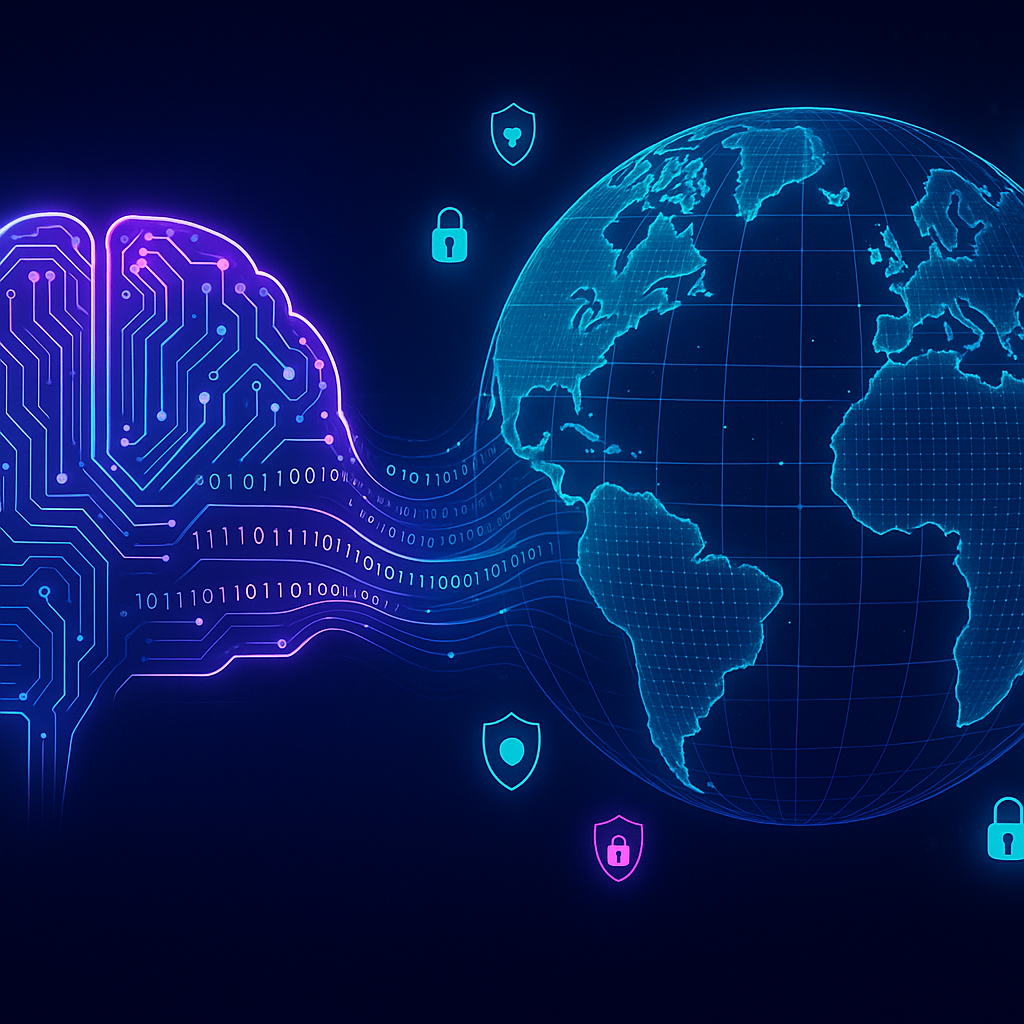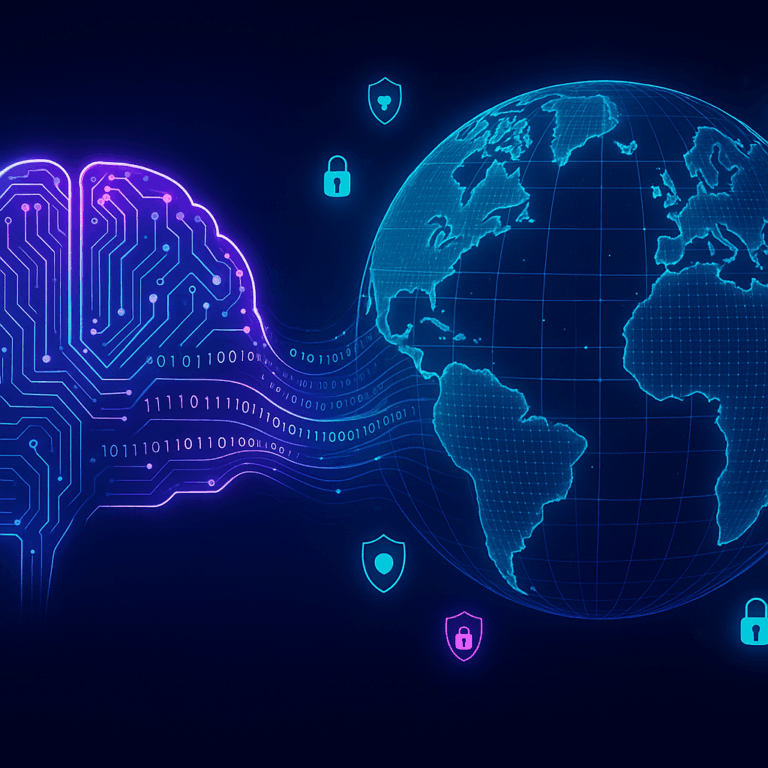The digital world is in perpetual motion. With every passing day, we witness a new dawn in technology, and along with it, a shadow of cybersecurity threats looms large. What will the cybersecurity landscape look like in 2025 and beyond? Fasten your seatbelts as we explore the riveting predictions shaping the future of cybersecurity!
Understanding Emerging Cybersecurity Threats
The pace at which technology evolves is staggering, and so are the techniques adopted by cybercriminals. Here, we’ll delve into some of the expected prominent threats and how organizations can arm themselves against these looming dangers.
What is the Attack?
AI-Powered Cyber Attacks: Cyber adversaries are leveraging artificial intelligence to launch more sophisticated and targeted attacks. AI-driven malware can learn from its interactions, adapting and evolving faster than traditional antiviruses can respond.
How Does it Work?
Cybercriminals employ machine learning and AI algorithms to analyze and predict the weaknesses in a system’s defense. Once infiltrated, the malware adjusts its behavior based on the environment, rendering conventional detection methods ineffective. Not only does it evade standard detection mechanisms, but it also optimizes its attack strategy for maximum impact.
For example, AI can mimic user behavior, making it incredibly challenging to distinguish between legitimate users and threats. With capabilities like anomaly detection, AI not only automates the attack process but also refines it continuously.
Why Does it Matter in Today’s Cybersecurity Landscape?
- Potential for massive data breaches: AI’s ability to rapidly exploit vulnerabilities could result in breaches that affect millions of users, compromising sensitive data.
- Increased financial loss: The time taken to detect and respond to AI-powered threats could lead to prolonged downtimes, impacting businesses financially.
- Escalation in ransomware sophistication: AI could be used to deliver precisely timed ransomware attacks, adjusted to the victim’s ability to pay or the criticality of the compromised data.
Why Cybersecurity Trends Will Reshape Our Future
Preparing for impending threats isn’t just about safeguarding data; it’s about ensuring a secure digital ecosystem for everyone. Here are a few notable trends:
AI-Driven Threat Detection
To combat AI-led threats, organizations are turning to the same technology: AI. By integrating machine learning algorithms within security systems, companies can detect anomalies in real-time. These systems analyze vast amounts of data and pinpoint irregular patterns that traditional systems might overlook.
Moreover, AI enhances incident response times by predicting and prioritizing potential threats, ensuring the rapid containment of breaches before they escalate.
Machine Learning for Anomaly Detection
The integration of sophisticated algorithms for anomaly detection is becoming standard practice. Machine learning models are trained to understand the typical behavior of a network, making it easier to flag deviations that could signify an attack. As these models mature, their ability to provide insights and automate responses will become indispensable for cybersecurity experts.
Advanced Network Security Protocols
As threats grow more complex, there’s an evident shift towards more robust network security standards like Quantum Cryptography. By leveraging quantum mechanics, this technology promises unprecedented levels of security and is poised to become the gold standard in protecting digital communications against even the most advanced attacks.
Prepare Now: The Path Forward
With a landscape teeming with threats driven by technological advances, it’s crucial that cybersecurity professionals evolve their strategies. Here are some actionable steps to consider:
- Invest in employee training to cultivate a culture of cybersecurity awareness.
- Perform regular security assessments to identify and mitigate vulnerabilities before hostile actors can exploit them.
- Embrace next-gen technologies, like AI and quantum cryptography, to stay ahead of advancing threats.
- Foster collaboration with external security experts to gain insights and strengthen internal capabilities.
The future of cybersecurity is both fascinating and daunting. While technology opens doors to unprecedented opportunities, it also invites challenges. By staying informed and adaptable, businesses and individuals alike can secure their digital frontiers against the unpredictable landscape of tomorrow.
References:
- Palo Alto Networks. Cyber Predictions. Visit here.
- Trend Micro. The Future of Cybersecurity: Predictions for 2025 and Beyond.
“`
Please note that the HTML code provided is designed to give you a structured view of how to incorporate headers, lists, and paragraphs in your document. Adjust the `` tags to link to actual references once you’ve decided which sources to include as you don’t want to link directly to placeholder references.







